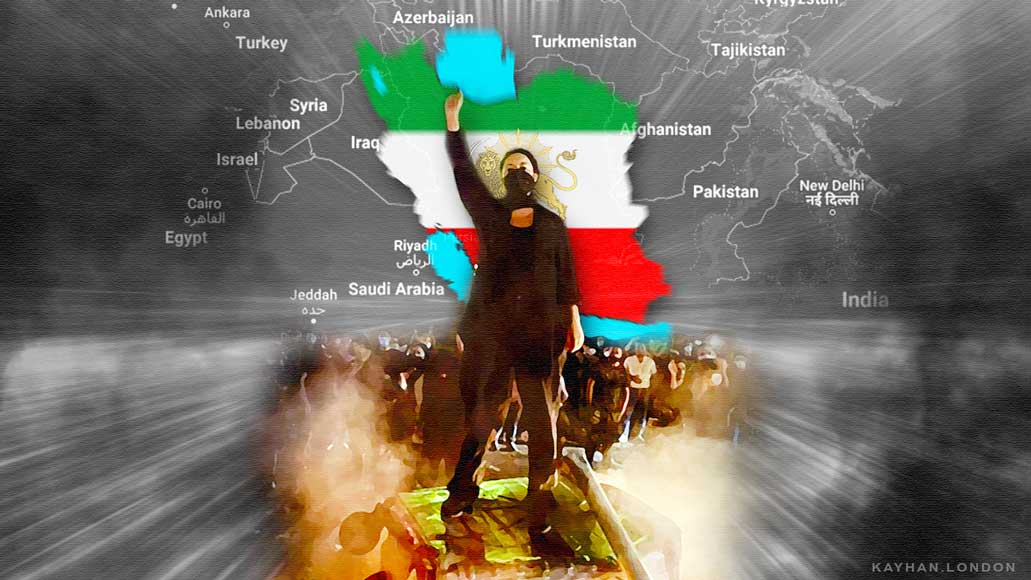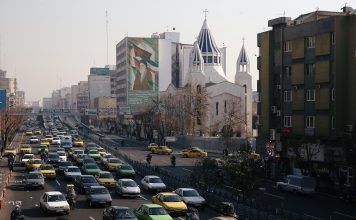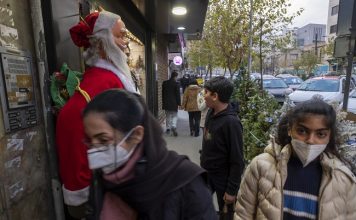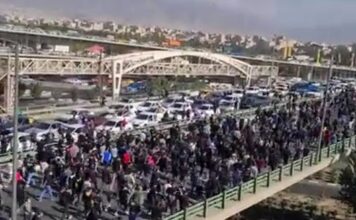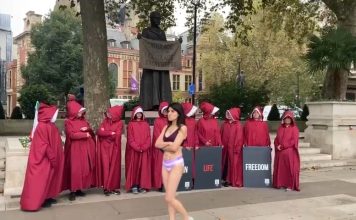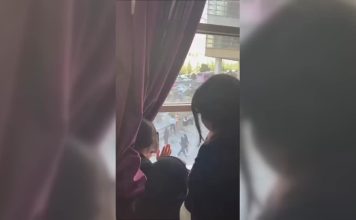Oct 5 (Reuters) – Iran‘s clerical rulers have faced the biggest protests in years since 22-year-old Mahsa Amini died last month while in the custody of the morality police who enforce the Islamic Republic’s strict dress code.
Following is a timeline of events since her arrest:
Sept. 13 – Mahsa Amini, from Iran‘s Kurdistan region, is detained by morality police in Tehran, the Iranian capital, because of her “inappropriate attire”.
Sept. 16 – Amini dies after falling into a coma. Police say she suffered a heart attack after being taken to a station to be “educated”. Her family deny she had any heart problems. Her father later says she had bruises on her legs, and holds police responsible for her death. President Ebrahim Raisi demands an investigation. Protests begin on social media and in the street.
Sept. 17 – Protests erupt during Amini’s funeral in Saqez, her hometown in Kurdistan. Security forces fire tear gas. Protests spread to the provincial capital. Chants of “death to the dictator” are heard, with some women removing headscarves.
Sept. 18 – Demonstrations spread. Hundreds gather around the University of Tehran, shouting “Woman, Life, Freedom”.
Sept. 19 – Protests intensify, taking place in Rasht, Mashhad, Isfahan and Tehran, where security forces and demonstrators clash.
A Kurdish rights group reports several people killed by security forces in the northwest. The United States calls for accountability for Amini’s death “after injuries sustained while in police custody”.
Sept. 20 – Protests spread further. In an effort to defuse tensions, an aide to Supreme Leader Ayatollah Ali Khamenei says he visited Amini’s family to pay condolences and that Khamenei was pained by her death.
An official blames terrorist groups for deaths in Kurdistan.
Sept. 21 – Iranian authorities curb access to Instagram and WhatsApp. Official sources confirm eight deaths in the unrest, including a member of the police and a member of the Basij, a volunteer hardline militia.
Khamenei gives a televised speech but does not address the unrest.
Sept. 22 – Protesters in Tehran and several other cities torch police stations and vehicles. Raisi says “acts of chaos” are unacceptable. The Intelligence Ministry warns that attending demonstrations is illegal.
The United States imposes sanctions on Tehran’s morality police.
Sept. 23 – The state organises rallies in several cities with marchers calling for protesters to be executed. The army warns of an “evil strategy” to weaken the Islamic Republic and vows to “confront the enemies’ various plots”.
State TV says the death toll is 35.
Sept. 24 – After accusing armed Iranian dissidents of involvement in the unrest, the Revolutionary Guards attack Iranian militant opposition bases in the Kurdish region of northern Iraq.
Raisi says Iran must deal decisively with protests.
State TV says the death toll is 41.
Sept. 25 – Iranian media report the foreign ministry had summoned the British and Norwegian ambassadors over what it calls interference and hostile media coverage of nationwide unrest.
Sept. 26 – Iran accuses the United States of using the unrest to try to destabilise the country.
Sept. 27 – Security forces clash with demonstrators in dozens of cities. Despite the crackdown, social media from inside Iran continue to show protesters chanting, “Woman, Life, Liberty”, while women wave and burn veils.
Sept. 28 – The Guards carry out more attacks on targets in neighbouring northern Iraq, where authorities say 14 people including at least one child are killed. Iraqi Kurdish sources say drone strikes target at least 10 Iranian Kurdish bases.
Raisi says Amini’s death had “saddened” everyone in the Islamic Republic, but warns “chaos” will not be accepted.
Sept. 29 – Norway-based Iran Human Rights says at least 83 people including children are confirmed killed in the protests. The Committee to Protect Journalists says it has learned that security forces have arrested at least 28 journalists.
Sept. 30 – State TV says militants open fire on a police station in the southeastern city of Zahedan, prompting a shootout. State TV says 19 people are killed. The Guards say four of its forces and the Basij are killed. Iran Human Rights, the Norway-based group, later puts the death toll at 40
Amnesty International says it has identified 52 people killed by security forces in the crackdown between Sept. 19 and Sept. 25, mostly by live ammunition. Amnesty says it believes the real toll to be much higher.
Security forces arrest nine people from Germany, Poland, Italy, France, the Netherlands, Sweden and other countries for alleged roles in protests.
Oct. 1 – Protests continue in cities including Tehran, Isfahan, Rasht and Shiraz. Rallies are also held in London, Rome, Madrid and other cities abroad in support of Iranian demonstrators, with some women cutting off locks of their hair.
Oct. 2 – Students protest at universities across Iran. Riot police clash with students at Tehran’s Sharif University.
Iran Human Rights puts the death toll so far at 133 people across Iran.
Oct. 3 – In his first comments on the unrest, Khamenei gives his full backing to security forces. He says Amini’s death “deeply broke my heart” and calls it a “bitter incident” provoked by Iran‘s enemies.
Defying his warning, Iranians in several cities chant “We want regime change” and “death to Khamenei”.
(Compiled by Tom Perry; editing by Mark Heinrich)

